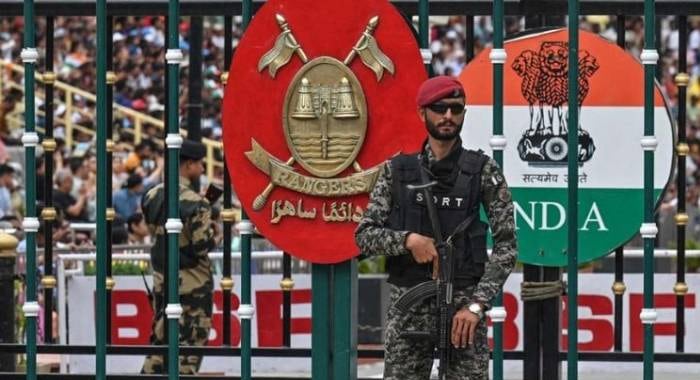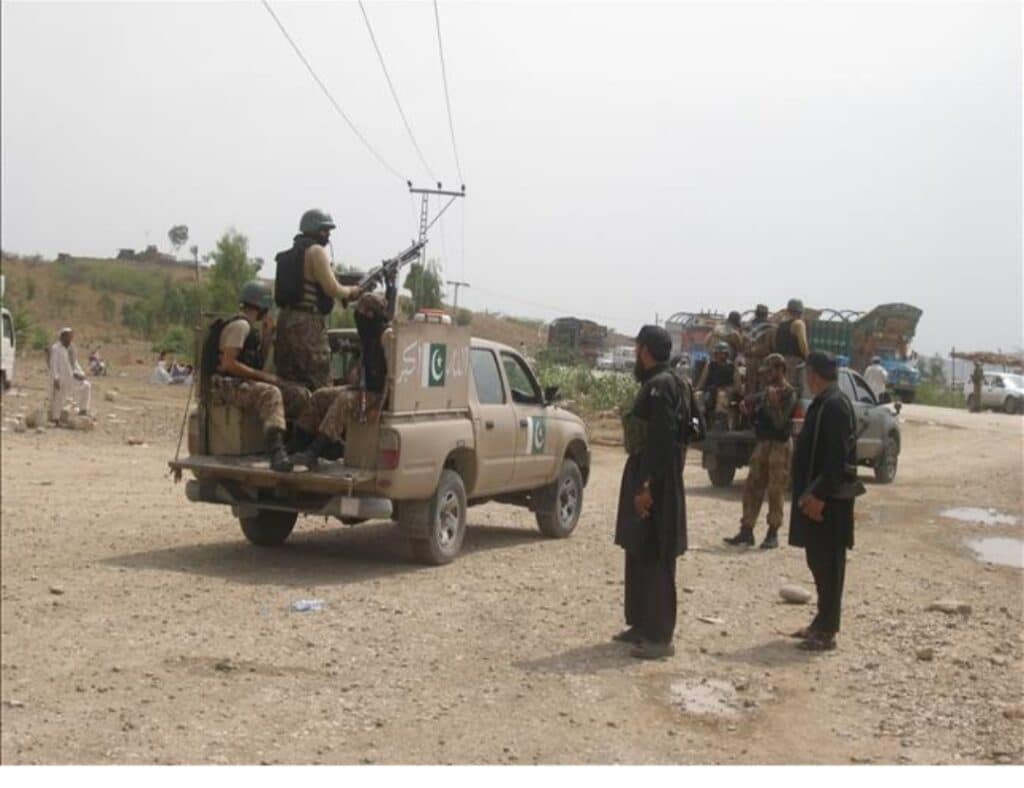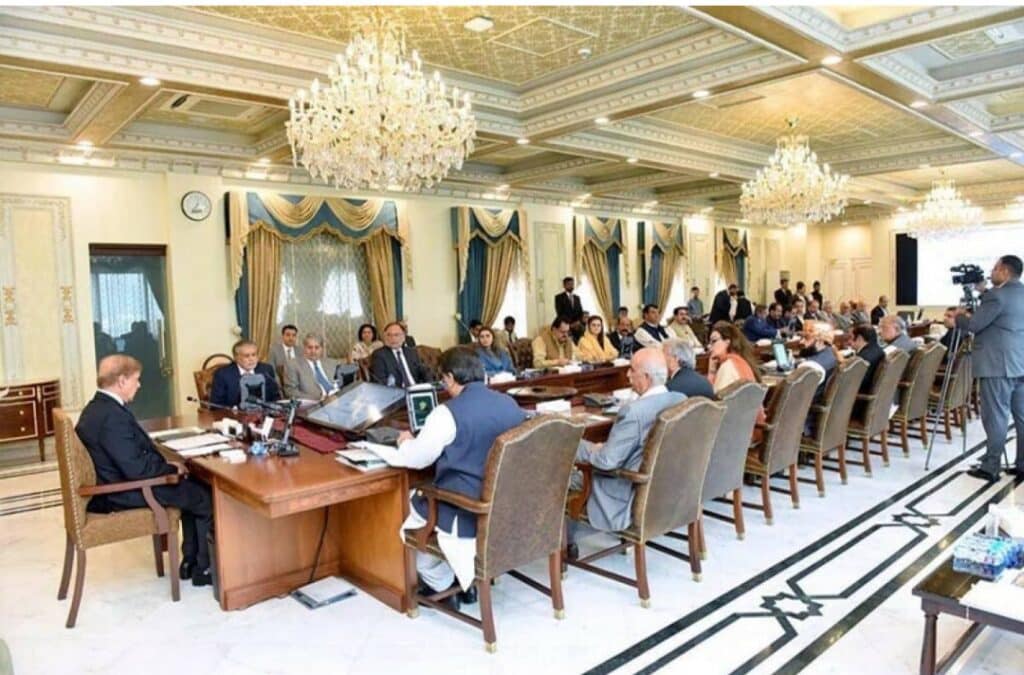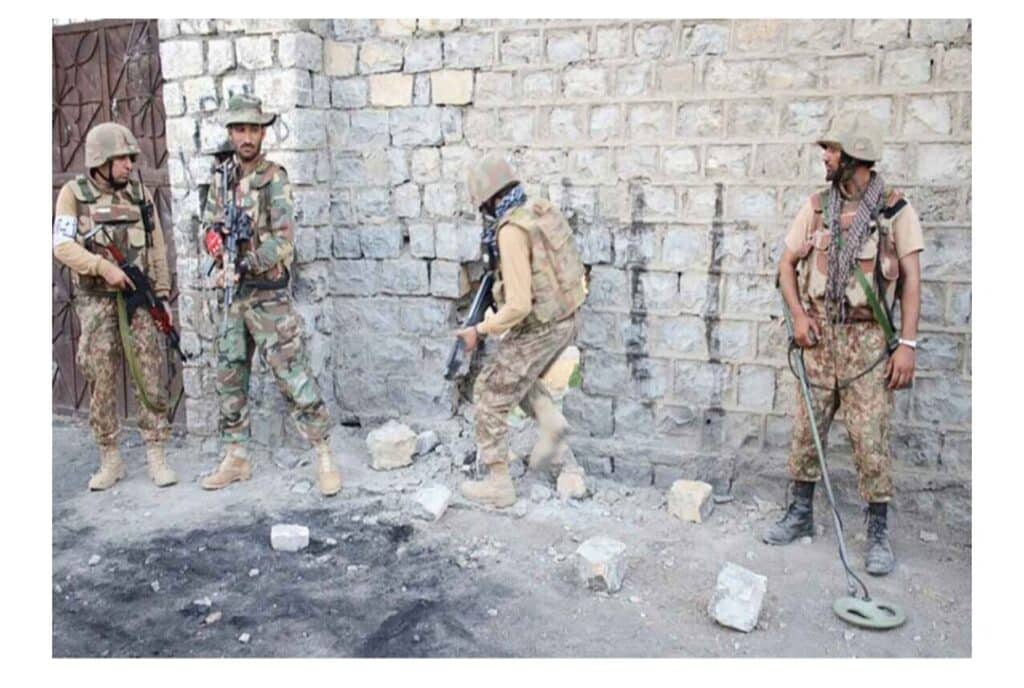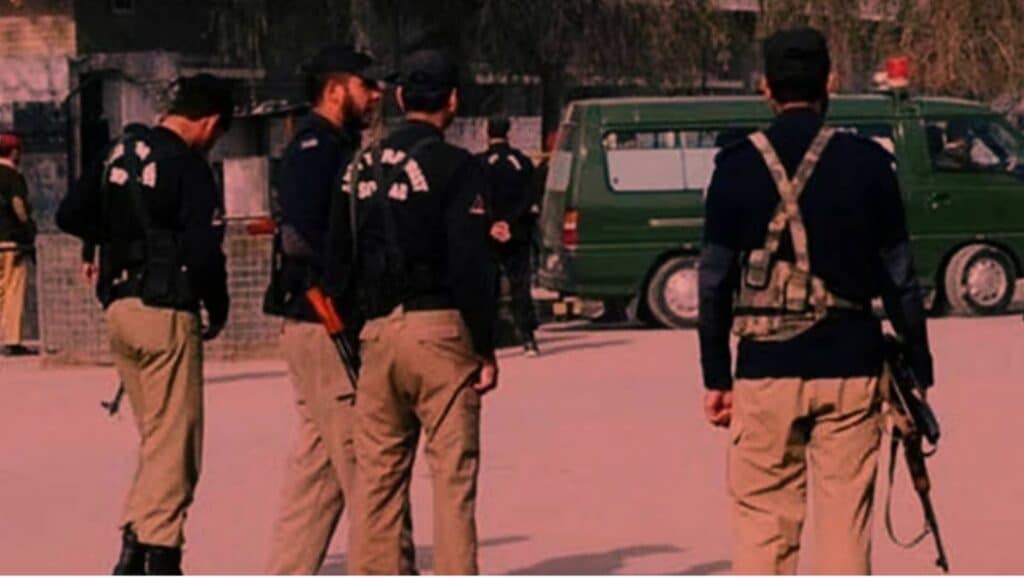In a significant breakthrough toward restoring calm in the region, Pakistan and India have agreed to withdraw additional troops deployed along the Line of Control (LoC) by the end of May—marking a key step back from one of the most serious military escalations between the two nuclear-armed neighbours in decades. Simultaneously, India has announced the resumption of the daily flag-lowering ceremony at the Attari-Wagah border, seen widely as a symbolic gesture of thawing tensions.
According to media, India’s Border Security Force (BSF) confirmed that the highly anticipated retreat ceremony—suspended earlier this month—will resume on Tuesday in the presence of media, with public access restored on Wednesday. The move is being viewed as an olive branch, following weeks of hostilities sparked by a deadly attack in Indian-administered Kashmir on April 22 that left at least 60 people dead. New Delhi accused Islamabad of involvement, a claim categorically denied by Pakistan.
The ceremony, held at sunset at the historic Attari-Wagah crossing, has long drawn crowds on both sides of the border who come to witness the fervent yet dignified display of military pageantry. Though diplomatic relations remain strained, and formal restrictions such as the closure of the land border are still in place, the revival of this tradition signals a mutual interest in preventing further escalation.
Troop Drawdown Agreed
A senior Pakistani security official confirmed on Tuesday that both countries had finalized an agreement to withdraw the additional forces deployed during the latest flare-up. Speaking to AFP on condition of anonymity, the official said the redeployment will be completed in phases by the end of May, with troops returning to their peacetime positions.
“Both sides have agreed to a phased pullback of additional troops and military equipment from forward positions along the LoC. The process will be concluded by the end of this month,” the official stated, adding that initial plans aimed for completion within ten days, but logistical hurdles caused slight delays.
The agreement follows a statement by the Indian Army last week indicating that both militaries had consented to immediate measures to reduce troop presence along the LoC and other sensitive points.
Ceasefire Claims Stir Diplomatic Confusion
Meanwhile, a parallel diplomatic controversy has emerged over the origins of the ceasefire that brought a sudden halt to the recent conflict, which included drone strikes, missile attacks, aerial combat, and heavy artillery exchanges. While U.S. President Donald Trump claimed credit for brokering the truce in a surprise announcement, India has firmly rejected suggestions of third-party involvement.
According to media, Indian Foreign Secretary Vikram Misri told the Parliamentary Committee on External Affairs that the ceasefire proposal came from Pakistan and was not mediated by any foreign power. The committee meeting, chaired by senior Congress leader Shashi Tharoor, reportedly saw members question the government’s failure to publicly deny Trump’s claims of a U.S.-brokered ceasefire.
The Hindustan Times, citing a senior lawmaker present at the meeting, reported that Misri refrained from answering several key questions posed by committee members.
Despite the uncertainty over diplomatic narratives, the latest developments—including the agreed troop pullback and resumption of symbolic cross-border ceremonies—are being viewed as crucial confidence-building measures. Analysts say that while core disputes remain unresolved, the restoration of traditional protocols and reduction of military posturing represent a welcome pause in a historically volatile relationship.

